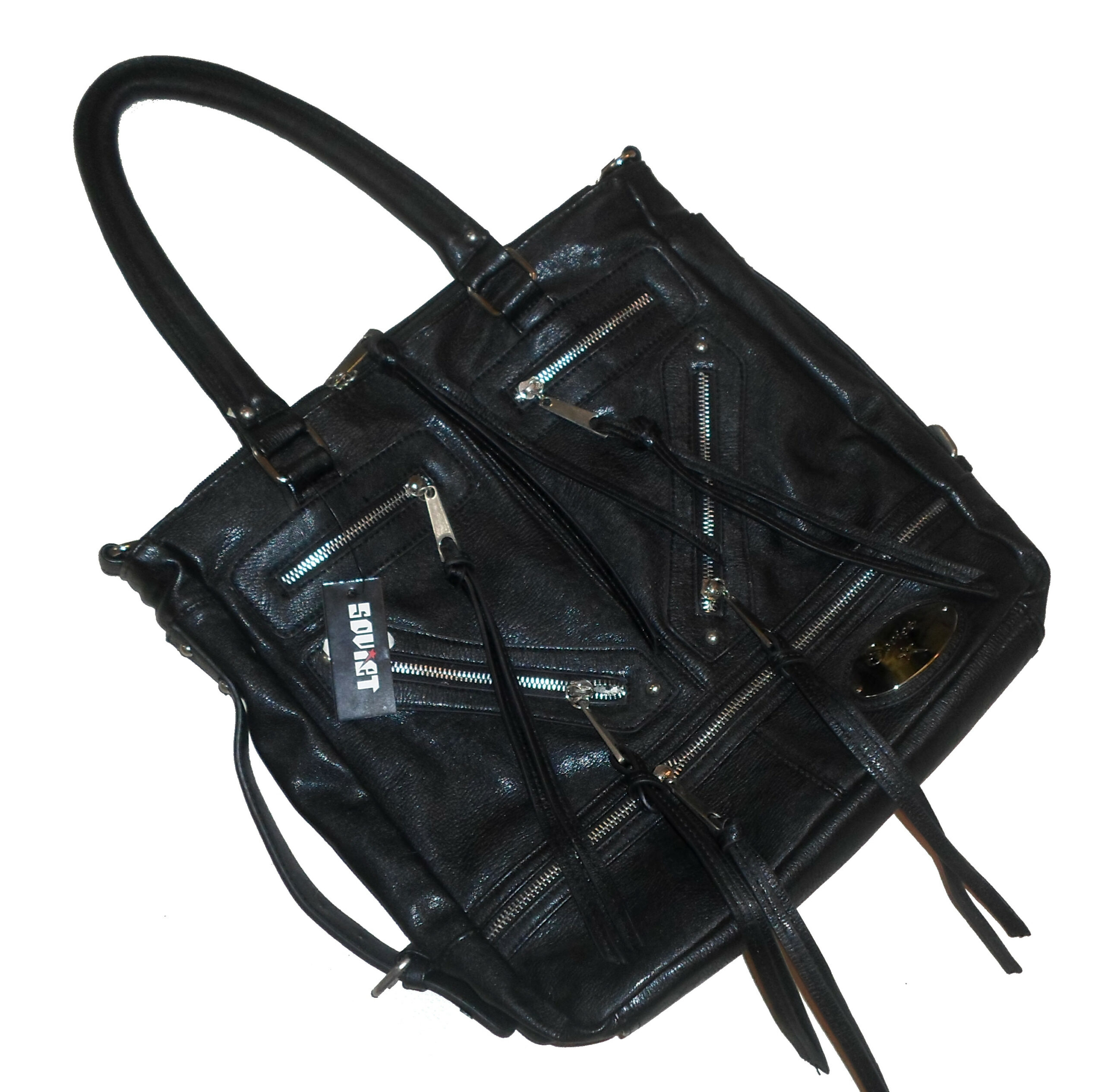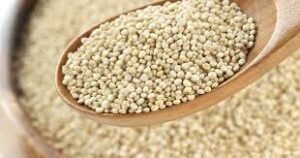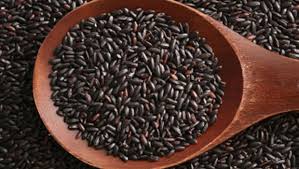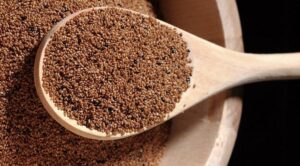Amaranth (pronounced am–uh-ranth)
Amaranth is technically not a grain in the usual sense of the word, like oats, rice or wheat. It is sometimes called a pseudo-cereal because it has nutritional profile that is quite similar to grains. It is predominantly grown in Africa, China, India, Russia and throughout South America. Amaranth contains more protein, iron, magnesium and fiber than any other gluten-free grain in the world. It is also a great source of lysine and essential vitamins including A, B5, B6, C, E, K, folate, niacin, and riboflavin. Amaranth is gluten free and has malty, slightly nutty flavour. The health benefits of amaranth – not all of which are proven – purport to include lowering cholesterol and blood pressure levels, preventing cancers and premature graying and reducing inflammation. Amaranth can be eaten as porridge for breakfast or combined with other cereals. It can also be used to thicken soups and stews or popped in a skillet and eaten like popcorn.
Black rice
Black rice is a gluten-free grain that has been eaten in regions of Asia for centuries. It is purplish black in colour, as a result of the excess of anthocyanin, a powerful antioxidant that is responsible for most dark coloured foods such as blueberries and eggplants. Black rice contains vitamin B1 and more fiber than normal white rice and is full of antioxidants. The high antioxidants have been correlated with helping to prevent cardiovascular disease, protecting against cancer that can be caused by free radical damage, improving brain function, reducing inflammation. It has a nutty flavour and unique texture. Black rice is also known as “forbidden rice” because only royal and extremely wealthy families were allowed to eat it. It is cooked and enjoyed like normal white rice.
Teff ( pronounced like Jeff with a T)
Teff is the smallest grain in the world; it is approximately the size of a poppy seed. It is brown or red and white in colour. In spite of its size, teff contains high levels of iron, calcium, fiber and an excellent balance of amino acids. Teff has a very mild, nutty flavour. It grows predominantly in Ethiopia and Eritrea and is a staple grain in the region. It can be enjoyed in a variety of ways; it can be ground into flour and used to make breads, muffins, pie crusts and other baked goods. It can be eaten whole and steamed, boiled, or baked as a side dish or a main course.
It can also be added to oats or smoothies. It is gluten-free and helps blood sugar management and weight control.












